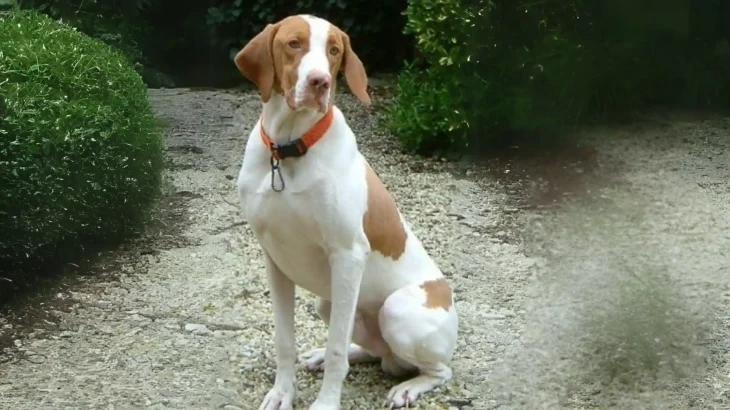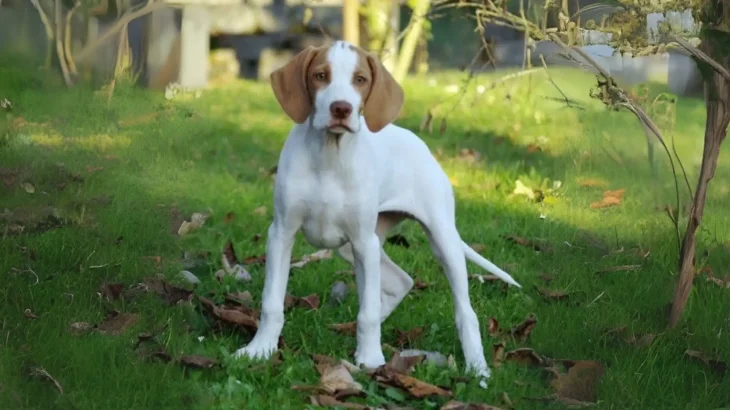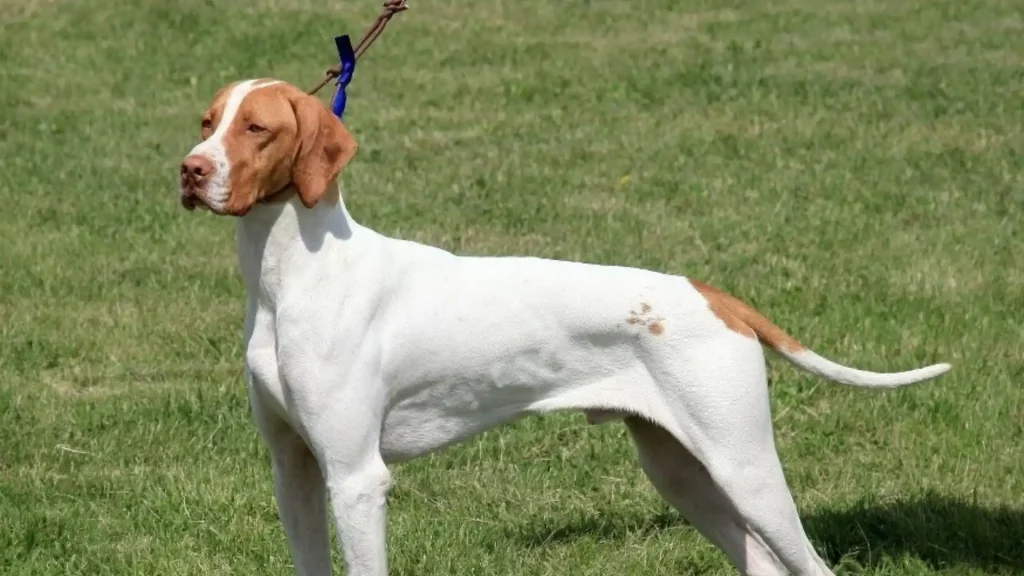Deciding whether to adopt or buy a St. Germain Pointing Dog puppy depends largely on availability and your priorities regarding health and pedigree. Given the rarity of this breed, obtaining a puppy from a reputable breeder might ensure more certainty about lineage and care, while adoption could be a more ethical choice but may come with challenges finding this specific breed.
| Criteria | Buying from Breeder | Adopting from Shelter/Rescue |
|---|---|---|
| Cost | Higher initial cost; rare breed may increase price and possibly include international shipping fees. | Lower adoption fees, but St. Germain Pointing Dogs are very rare in shelters, making adoption less likely. |
| Health History | Detailed health screening and genetic history usually available from responsible breeders. | Health history may be limited or unknown; shelter may provide only basic health info. |
| Age Availability | Typically available as puppies, allowing early training and socialization. | Varies; may find adults or seniors but puppies are rare for this breed. |
| Temperament Insight | Breeders can provide info on lineage temperament and expected behavior. | Shelters may offer behavioral observations but background is often incomplete. |
| Supporting Practices | Supports preservation of breed if breeder is ethical and responsible. | Supports animal welfare by providing homes to dogs in need, but breed preservation may be less certain. |
| Ethical Considerations | Risk of unethical breeding if not carefully vetted; importance of choosing reputable breeders. | Avoids contributing to commercial breeding; helps reduce shelter populations. |




















































